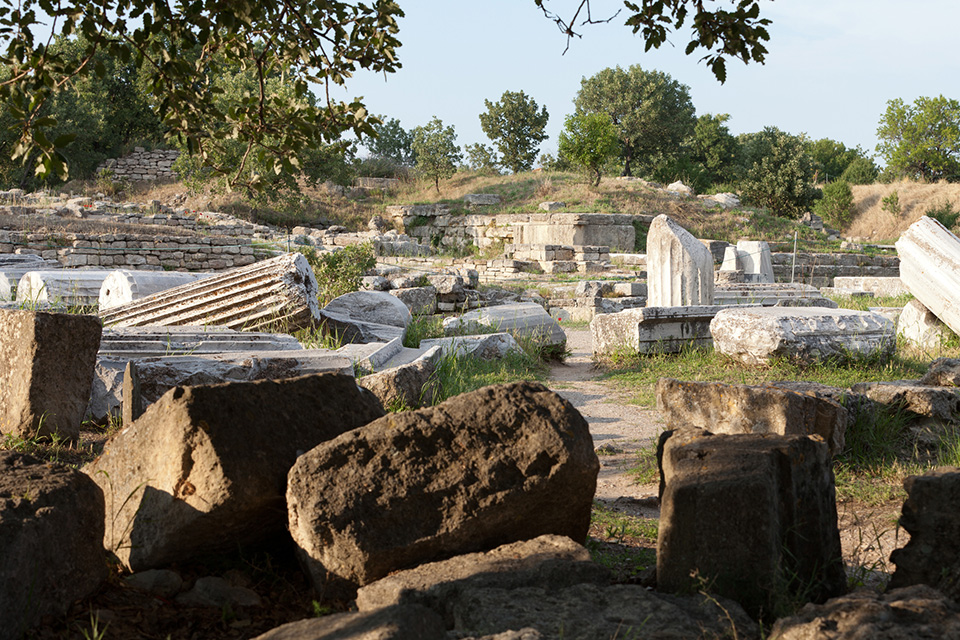
The period between 1050 and 700 B.C. is sometimes referred to as the “Trojan Dark Age.” Traditionally, very little has been known about Troy in the 400-year period after the destruction of the Bronze Age settlement of Troy VII. For most of the 20th century, experts believed that the site was largely abandoned. However, recent excavations by the University of Cincinnati and the University of Tübingen have shown that a small community did continue to inhabit the site during this period. Much of the new evidence comes from an area known as the Western Sanctuary, which is located just to the west of the citadel walls. This area was the center of religious activity during this period, as it would continue to be in subsequent centuries.
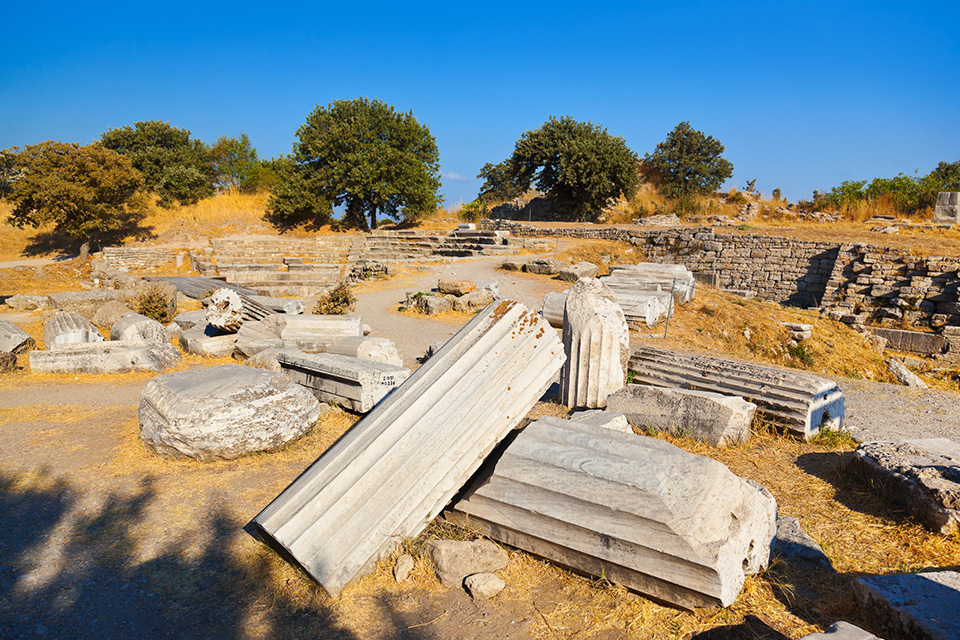
Troy’s fortunes fluctuated during the first half of the first millennium B.C. While people continued to inhabit the site, and were relatively prosperous at times, it was hardly the bustling city that it had been during the Bronze Age. By now, Greek colonists and traders became increasing active along the shores of western Anatolia, and they influenced Troy’s development during the first millennium. These Greeks had become increasingly captivated by their heroic and mythic ancestors and it is around this time that hero cult worship became a prominent part of Greek religion. After the Iliad and the Odyssey were composed around the eighth century B.C., the Greek world became even more enamored with the events and participants of the Trojan War. For Greeks who lived in or travelled to Troy, the imposing ruins of Bronze Age Troy provided a romantic connection to the past. The city was gradually transformed into a holy site, a kind of open-air museum. It is likely that by the seventh century B.C. a shrine dedicated to Athena, who would become the site’s principal goddess, was built within citadel. Troy came to be known by its Greek name, Ilion.
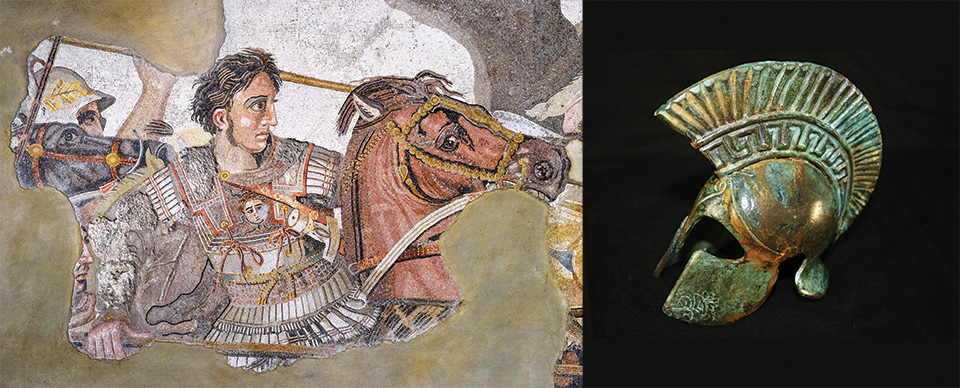
Troy’s storied past continued to draw Greek visitors, perhaps most famously Alexander the Great in 334 B.C. Ancient Greek sources describe how the young general performed sacrifices to the Homeric heroes at Troy. At the Temple of Athena, he was said to have exchanged his own armor for an ancient suit of armor that had purportedly been used in the Trojan War. After Alexander’s visit, the site of Troy once again began to flourish as it developed into a major political and religious center. A new building campaign was initiated, which rejuvenated the city. The agora area was renovated, a new bouleuterion or council hall was constructed, as well as a theater with a 10,000 person capacity. The lower city was once again inhabited, and re-organized to adhere to a new urban grid plan. The most significant building project of the Hellenistic period was the creation of the Sanctuary of Athena. This massive new complex, which sat atop the citadel’s center, became the centerpiece of a new Troy. At its core was a new temple dedicated to Athena, which was the largest Doric temple in northwestern Asia Minor.
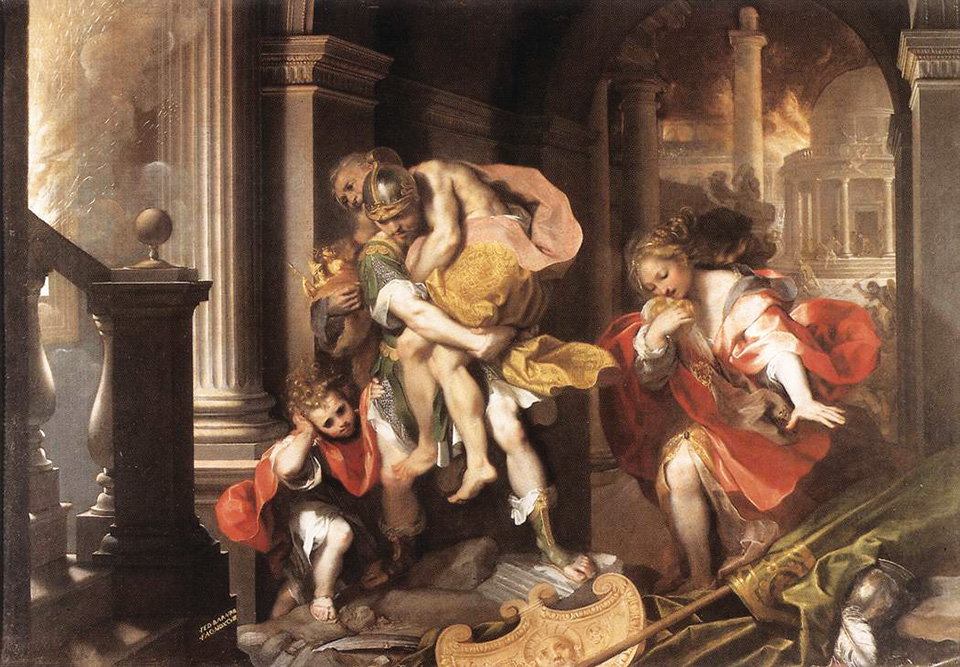
In 85 B.C., the Roman general Gaius Flavius Fimbra sacked Troy, destroying much of the city. Ay this point, Troy was under the control of the Romans, but the city had fallen into disrepair. However, the city’s fortunes would once again take a turn for the better, because much like the Greeks, the Romans closely identified with Troy’s deep historical and mythological past. Roman tradition held that the Trojan Aeneas, who escaped the city at the end of the Trojan War, settled in Italy and that his descendants eventually founded Rome. Both Julius Caesar and his adopted son Augustus visited Troy, as both claimed to be direct descendants of Aeneas himself. During the reign of Augustus, Troy once again underwent a renaissance as new buildings were constructed and wealth and prosperity returned to Troy. After an earthquake destroyed much of the city around 100 A.D., the emperor Hadrian saw to its reconstruction. Under the Romans, new additions to Troy’s urban topography included several new temples, a small theater, bath complexes, and even an aqueduct. This new Roman city of Troy was called Ilium.
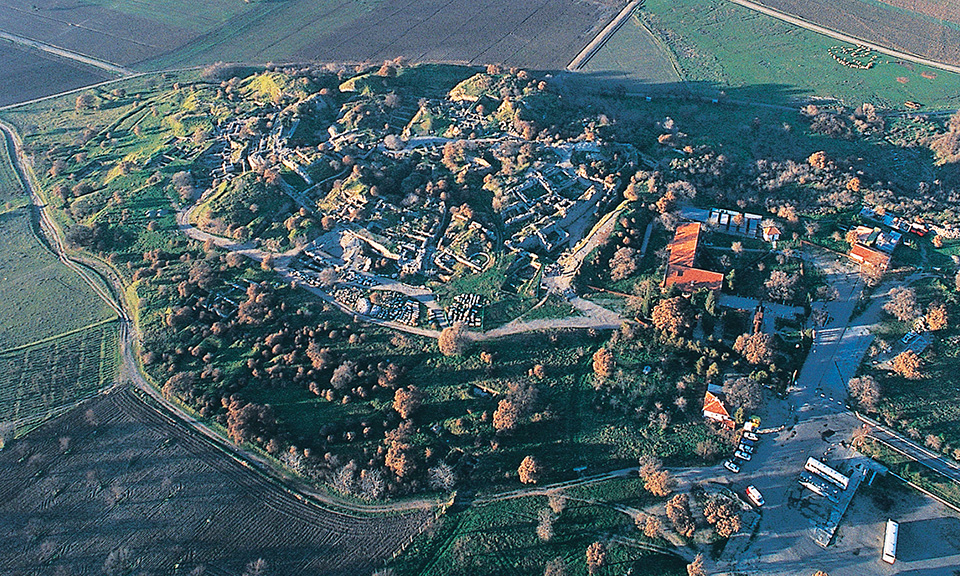
After around 500 A.D., two major earthquakes struck the city, and Troy once again fell into decline. This time, the city would never really recover. It was eventually abandoned and almost all traces that it had ever existed disappeared, both from sight and from memory. The city was covered in centuries worth of debris, and it remained an anonymous earthen mound for almost 1,000 years, until Frank Calvert and Heinrich Schliemann re-introduced Troy and its mystique to the world in the nineteenth century.